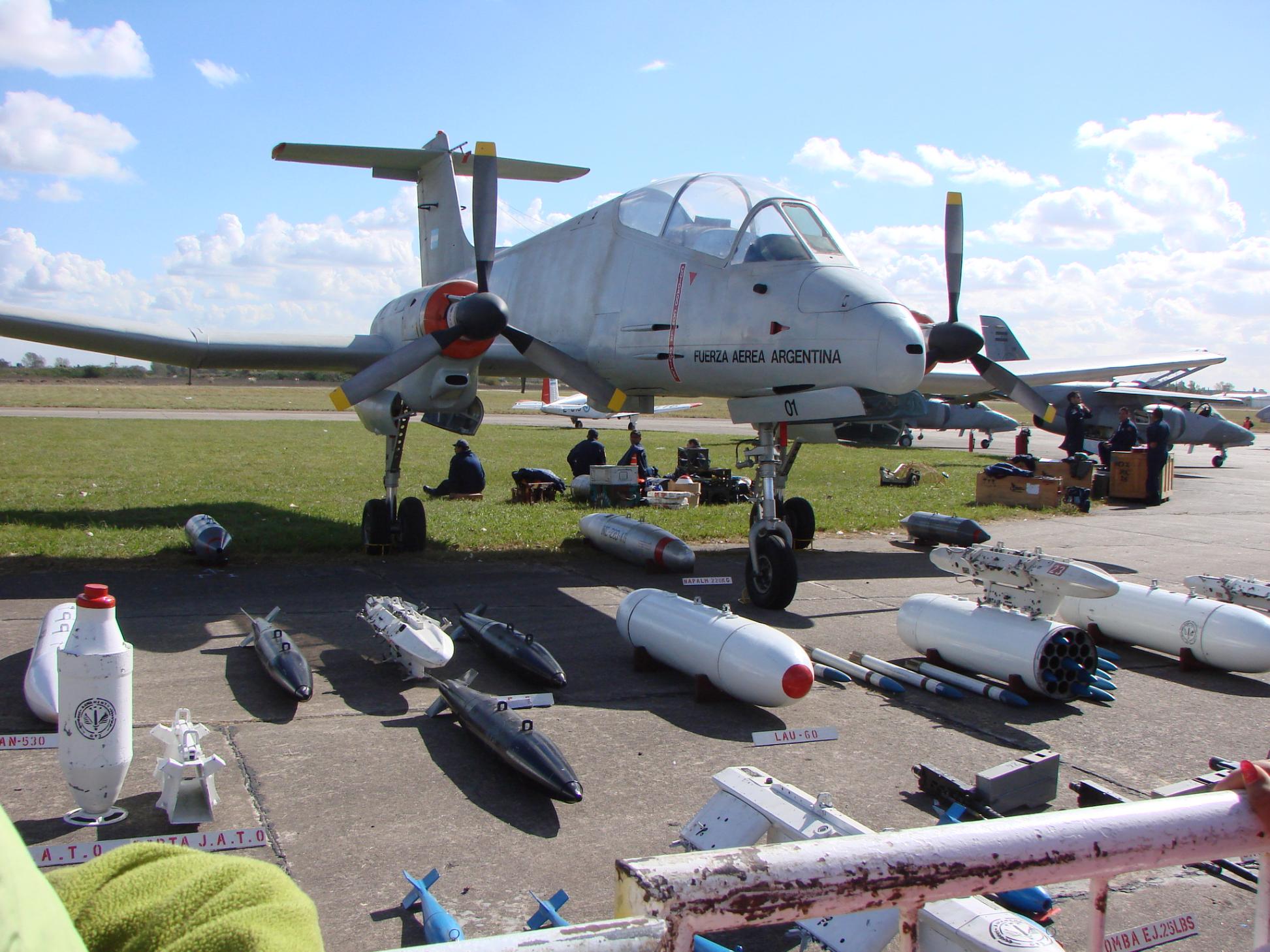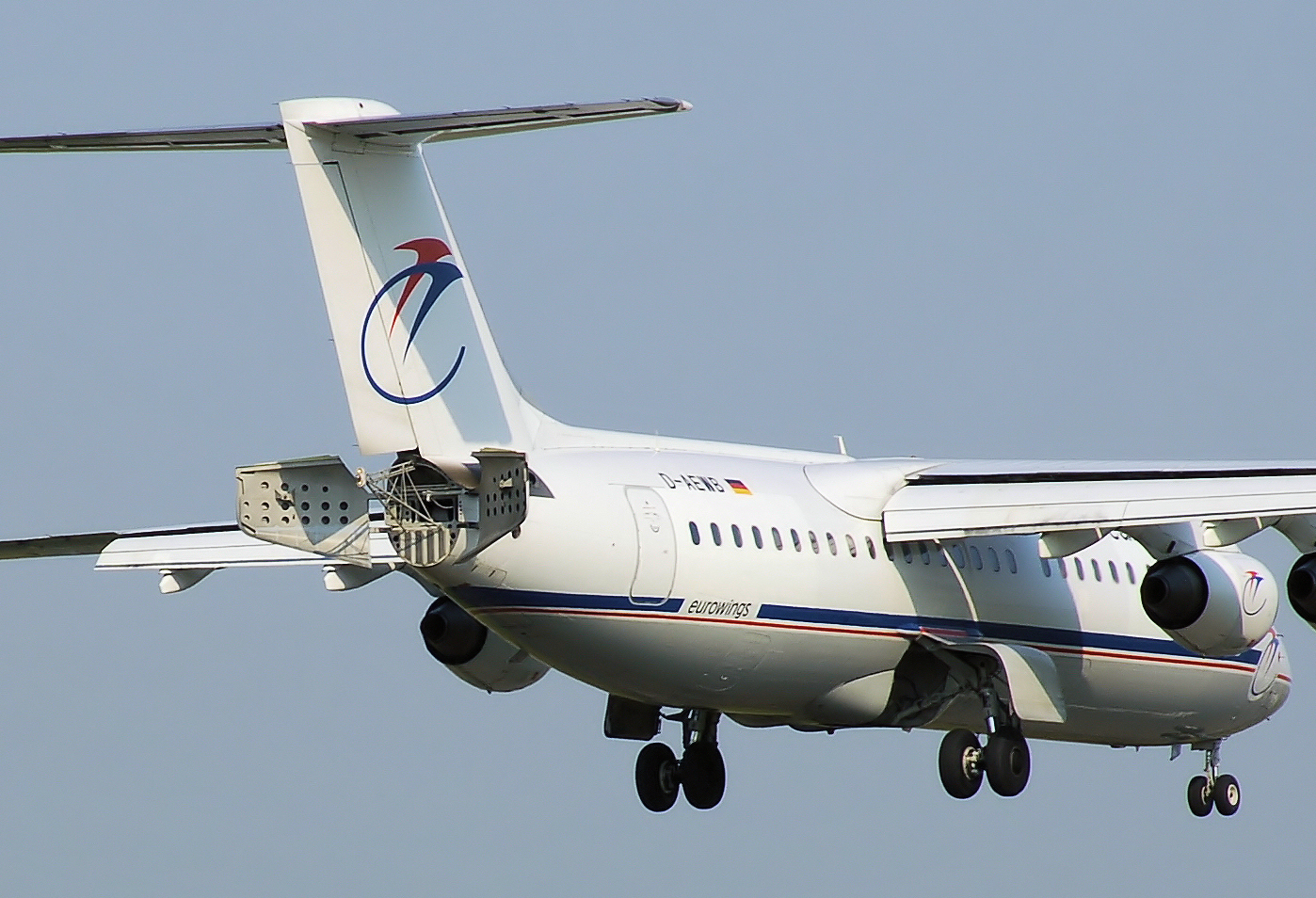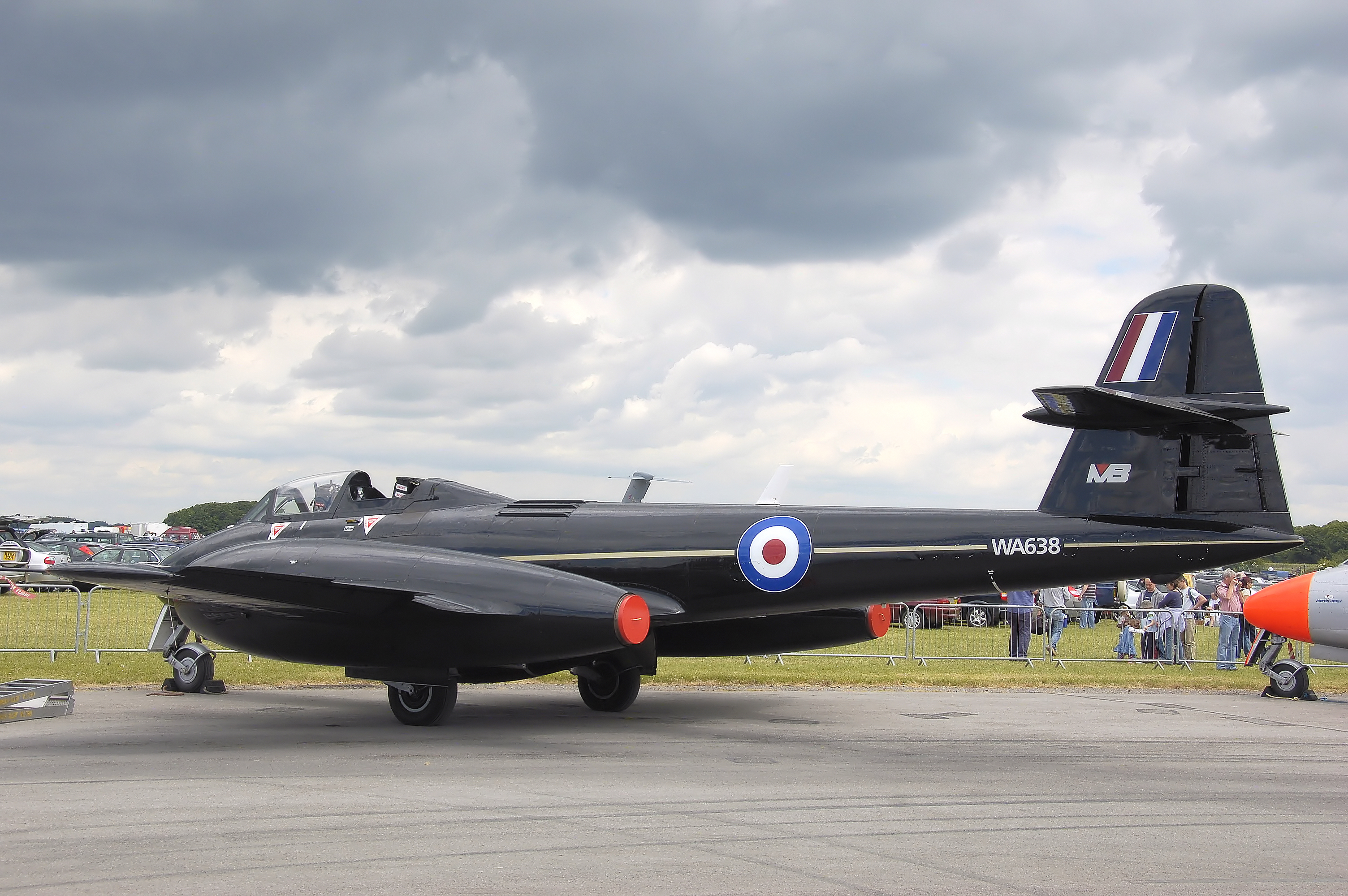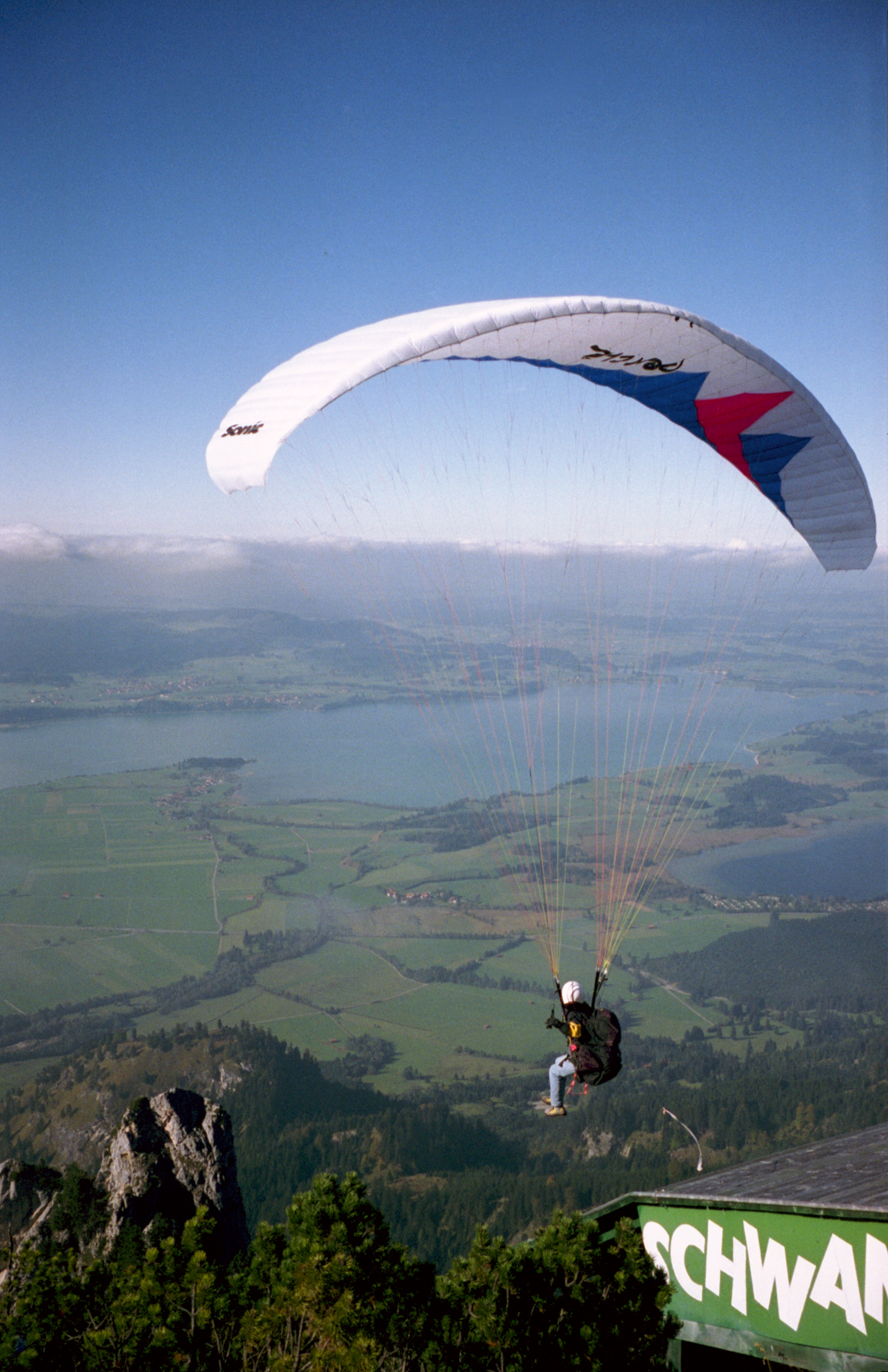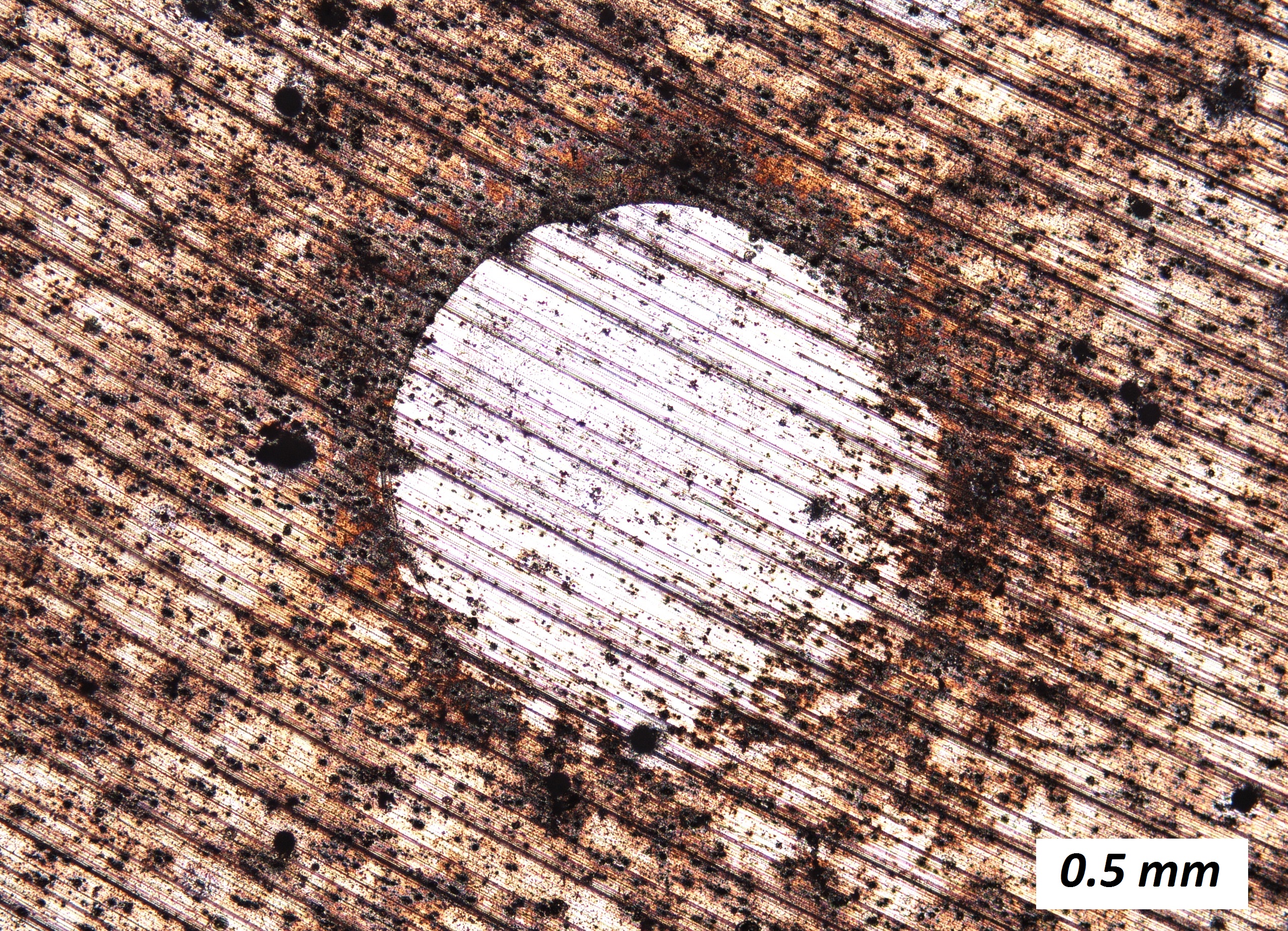|
FMA IA 58 Pucará
The FMA IA 58 Pucará ( qu, Fortress) is an Argentine ground-attack and counter-insurgency (COIN) aircraft manufactured by the Fábrica Militar de Aviones. It is a low-wing twin-turboprop all-metal monoplane with retractable landing gear, capable of operating from unprepared strips when operationally required. The type saw action during the Falklands War and the Sri Lankan Civil War. Development In August 1966 the Argentine state aircraft factory, Dirección Nacional de Fabricación e Investigación Aeronáutica (DINFIA), began development of the AX-2, a Counter-insurgency (COIN) aircraft to meet a requirement of the Argentine Air Force. The project was promoted by engineer Ricardo Olmedo and became under the guidance of engineer Aníbal Dreidemie, who also designed the IA-52 Guaraní II and the IA-63 Pampa. The chosen layout was a low-wing monoplane powered by two turboprop engines mounted in wing-mounted nacelles and fitted with a T-tail. In order to test the proposed la ... [...More Info...] [...Related Items...] OR: [Wikipedia] [Google] [Baidu] |
Argentine Air Force
"Argentine Wings" , mascot = , anniversaries = 10 August (anniversary) 1 May (Baptism of fire during the Falklands War) , equipment = 139 aircraft , equipment_label = , battles = * Operation Independence * Operation Soberanía * Falkland Islands * Gulf War * Bosnia * Cyprus * Kosovo * Haiti , decorations = , battle_honours = , battle_honours_label = , flying_hours = , website = , commander1 = President Alberto Fernández , commander1_label = Commander-in-Chief , commander2 = Brigadier Xavier Isaac , commander2_label = Chief of Staff of the Air Force , notable_commanders = , identification_symbol = , identification_symbol_label = Roundel , identification_symbol_2 = , identification_symbol_2_label = Fin flash , aircraft_attack =A-4AR, Pampa , aircraft_bomber = , aircraft_electronic = , aircraft_fighter = A-4AR , aircraft_helicopter = Bell 412, Bell 212, Hughes 500D, SA315, Mil Mi-171 , aircraft_helicopter_attack = , aircraft_helicopt ... [...More Info...] [...Related Items...] OR: [Wikipedia] [Google] [Baidu] |
Garrett AiResearch TPE331
The Honeywell TPE331 (military designation: T76) is a turboprop engine. It was originally designed in the 1950s by Garrett AiResearch, and produced since 1999 by Honeywell Aerospace. The engine's power output ranges from . Design and development Garrett AiResearch designed the TPE331 from scratch in 1959 for the military. “Designed as a 575-horsepower engine it was not a scaled-down version of a larger engine, as competitors were offering.” The TPE331 originated in 1961 as a gas turbine (the "331") to power helicopters. It first went into production in 1963. More than 700 had been shipped by the end of 1973. It was designed to be both a turboshaft (TSE331) and a turboprop (TPE331), but the turboshaft version never went into production. The first engine was produced in 1963, installed on the Aero Commander in 1964 and put into production on the Aero Commander Turbo Commander in June 1965. Performance The 715 shp TPE331-6 used in the Beech King Air B100 have a 400-hr. fuel ... [...More Info...] [...Related Items...] OR: [Wikipedia] [Google] [Baidu] |
Tricycle Landing Gear
Tricycle gear is a type of aircraft undercarriage, or ''landing gear'', arranged in a tricycle fashion. The tricycle arrangement has a single nose wheel in the front, and two or more main wheels slightly aft of the center of gravity. Tricycle gear aircraft are the easiest for takeoff, landing and taxiing, and consequently the configuration is the most widely used on aircraft.Crane, Dale: ''Dictionary of Aeronautical Terms, third edition'', page 524. Aviation Supplies & Academics, 1997. Aviation Publishers Co. Limited, ''From the Ground Up'', page 11 (27th revised edition) History Several early aircraft had primitive tricycle gear, notably very early Antoinette planes and the Curtiss Pushers of the pre-World War I Pioneer Era of aviation. Waldo Waterman's 1929 tailless '' Whatsit'' was one of the first to have a steerable nose wheel. In 1956, Cessna introduced sprung-steel tricycle landing gear on the Cessna 172. Their marketing department described this as "Land-O-Matic" t ... [...More Info...] [...Related Items...] OR: [Wikipedia] [Google] [Baidu] |
Air Brake (aircraft)
In aeronautics, air brakes or speed brakes are a type of flight control surface used on an aircraft to increase the drag on the aircraft. Air brakes differ from spoilers in that air brakes are designed to increase drag while making little change to lift, whereas spoilers reduce the lift-to-drag ratio and require a higher angle of attack to maintain lift, resulting in a higher stall speed. Introduction An air brake is a part of an aircraft. When extended into the airstream, it causes an increase in the drag on the aircraft. When not in use, it conforms to the local streamlined profile of the aircraft in order to help minimise the drag. History In the early decades of powered flight, air brakes were flaps mounted on the wings. They were manually controlled by a lever in the cockpit, and mechanical linkages to the air brake. An early type of air brake, developed in 1931, was fitted to the aircraft wing support struts. In 1936, Hans Jacobs, who headed Nazi Germany's '' ... [...More Info...] [...Related Items...] OR: [Wikipedia] [Google] [Baidu] |
OV-10
The North American Rockwell OV-10 Bronco is an American twin-turboprop light attack and observation aircraft. It was developed in the 1960s as a special aircraft for counter-insurgency (COIN) combat, and one of its primary missions was as a forward air control (FAC) aircraft. It can carry up to 3,200 lb (1,450 kg) of external munitions and internal loads such as paratroopers or stretchers, and can loiter for three or more hours. Development Background The aircraft was initially conceived in the early 1960s through an informal collaboration between W.H. Beckett and Colonel K.P. Rice, U.S. Marine Corps, who met at Naval Air Weapons Station China Lake, California, and who also happened to live near each other. The original concept was for a rugged, simple, close air support aircraft integrated with forward ground operations. At the time, the U.S. Army was still experimenting with armed helicopters, and the U.S. Air Force was not interested in close air support. The conce ... [...More Info...] [...Related Items...] OR: [Wikipedia] [Google] [Baidu] |
Ejection Seat
In aircraft, an ejection seat or ejector seat is a system designed to rescue the aircraft pilot, pilot or other aircrew, crew of an aircraft (usually military) in an emergency. In most designs, the seat is propelled out of the aircraft by an explosive charge or rocket motor, carrying the pilot with it. The concept of an ejectable escape crew capsule has also been tried. Once clear of the aircraft, the ejection seat deploys a parachute. Ejection seats are common on certain types of military aircraft. History A bungee cord, bungee-assisted escape from an aircraft took place in 1910. In 1916, Everard Calthrop, an early inventor of parachutes, patented an ejector seat using compressed air. The modern layout for an ejection seat was first introduced by Romanian inventor Anastase Dragomir in the late 1920s. The design featured a ''parachuted cell'' (a dischargeable chair from an aircraft or other vehicle). It was successfully tested on 25 August 1929 at the Paris-Orly Airport ne ... [...More Info...] [...Related Items...] OR: [Wikipedia] [Google] [Baidu] |
Martin-Baker
Martin-Baker Aircraft Company Limited is a British manufacturer of ejection seats and safety-related equipment for aviation. The company's origins were originally as an aircraft manufacturer before becoming a pioneer in the field of ejection seats. The company's headquarters are in Higher Denham, Buckinghamshire, England, with other sites in France, Italy and the United States. Martin-Baker supplies ejection seats for 93 air forces worldwide."Martin-Basker: About." ''Martin-Baker.'' Retrieved: 31 October 2012. Martin-Baker seats have been fitted into over 200 fixed-wing and rotary types with the most recent being the programme. Martin-Baker clai ... [...More Info...] [...Related Items...] OR: [Wikipedia] [Google] [Baidu] |
Flap (aircraft)
A flap is a high-lift device used to reduce the stalling speed of an aircraft wing at a given weight. Flaps are usually mounted on the wing trailing edges of a fixed-wing aircraft. Flaps are used to reduce the take-off distance and the landing distance. Flaps also cause an increase in drag so they are retracted when not needed. The flaps installed on most aircraft are partial-span flaps; spanwise from near the wing root to the inboard end of the ailerons. When partial-span flaps are extended they alter the spanwise lift distribution on the wing by causing the inboard half of the wing to supply an increased proportion of the lift, and the outboard half to supply a reduced proportion of the lift. Reducing the proportion of the lift supplied by the outboard half of the wing is accompanied by a reduction in the angle of attack on the outboard half. This is beneficial because it increases the margin above the stall of the outboard half, maintaining aileron effectiveness and reduci ... [...More Info...] [...Related Items...] OR: [Wikipedia] [Google] [Baidu] |
Dihedral (aircraft)
In aeronautics, dihedral is the angle between the left and right wings (or tail surfaces) of an aircraft. "Dihedral" is also used to describe the effect of sideslip on the rolling of the aircraft. Dihedral angle is the upward angle from horizontal of the wings or tailplane of a fixed-wing aircraft. "Anhedral angle" is the name given to negative dihedral angle, that is, when there is a ''downward'' angle from horizontal of the wings or tailplane of a fixed-wing aircraft. Dihedral angle has a strong influence on dihedral effect, which is named after it. Dihedral effect is the amount of roll moment produced in proportion to the amount of sideslip. Dihedral effect is a critical factor in the stability of an aircraft about the roll axis (the spiral mode). It is also pertinent to the nature of an aircraft's Dutch roll oscillation and to maneuverability about the roll axis. Longitudinal dihedral is a comparatively obscure term related to the pitch axis of an airplane. It ... [...More Info...] [...Related Items...] OR: [Wikipedia] [Google] [Baidu] |
Cantilever
A cantilever is a rigid structural element that extends horizontally and is supported at only one end. Typically it extends from a flat vertical surface such as a wall, to which it must be firmly attached. Like other structural elements, a cantilever can be formed as a beam, plate, truss, or slab. When subjected to a structural load at its far, unsupported end, the cantilever carries the load to the support where it applies a shear stress and a bending moment. Cantilever construction allows overhanging structures without additional support. In bridges, towers, and buildings Cantilevers are widely found in construction, notably in cantilever bridges and balconies (see corbel). In cantilever bridges, the cantilevers are usually built as pairs, with each cantilever used to support one end of a central section. The Forth Bridge in Scotland is an example of a cantilever truss bridge. A cantilever in a traditionally timber framed building is called a jetty or forebay. In the southe ... [...More Info...] [...Related Items...] OR: [Wikipedia] [Google] [Baidu] |
Duralumin
Duralumin (also called duraluminum, duraluminium, duralum, dural(l)ium, or dural) is a trade name for one of the earliest types of age-hardenable aluminium alloys. The term is a combination of '' Dürener'' and ''aluminium''. Its use as a trade name is obsolete. Today the term mainly refers to aluminium–copper alloys, designated as the 2000 series by the international alloy designation system (IADS), as with 2014 and 2024 alloys used in airframe fabrication. History Duralumin was developed by the German metallurgist Alfred Wilm at Dürener Metallwerke AG. In 1903, Wilm discovered that after quenching, an aluminium alloy containing 4% copper would harden when left at room temperature for several days. Further improvements led to the introduction of duralumin in 1909. The name is mainly used in pop-science to describe all Al-Cu alloys system, or '2000' series, as designated through the international alloy designation system originally created in 1970 by the Aluminum A ... [...More Info...] [...Related Items...] OR: [Wikipedia] [Google] [Baidu] |
Pucara Armamento Picture
Pukara ( Aymara and Quechuan "fortress", Hispanicized spellings ''pucara, pucará'') is a defensive hilltop site or fortification built by the prehispanic and historic inhabitants of the central Andean area (from Ecuador to central Chile and northwestern Argentina). In some cases, these sites acted as temporary fortified refuges during periods of increased conflict, while other sites show evidence for permanent occupation. Emerging as a major site type during the Late Intermediate Period (c. 1000-1430AD), the pukara form was adopted in some areas by the Inca military in contested borderlands of the Inca Empire. The Spanish also referred to the Mapuche earthen forts built during the Arauco War in the 16th and 17th centuries by this term. Today, the term is commonly found in toponyms of the Andes region, e.g. Andalicán, Pucará de Angol, Camiña, Cañete, Nama, Quiapo, Tilcara, Turi, Pucara del Cerro La Muralla, Pukara of La Compañía, Pukara de Lasana, Pucará de Belén, ... [...More Info...] [...Related Items...] OR: [Wikipedia] [Google] [Baidu] |
